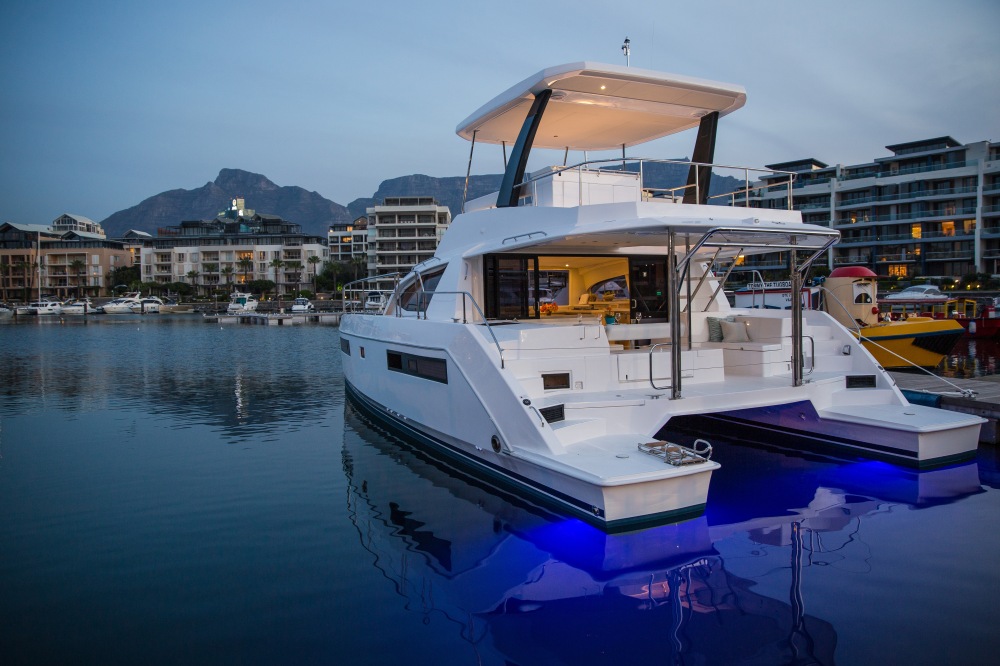As reflected, Nairobi is home to the largest portion of Kenya’s HNWIs (6,200 individuals). There are also sizable Kenyan HNWI populations in Mombasa and Kisumu.
- Nairobi is the economic hub of Kenya. Major industries in the city include financial services, real estate & construction, clothing, textiles, building materials, processed foods, beverages, and cigarettes.
- Mombasa is home to the largest port in East Africa, serving as the principal port for a number of African countries including Kenya itself, Uganda, Rwanda, Burundi and the DR Congo. Major industries in the city include construction, transport & logistics, hotels, tourism, cement, oil refining and entertainment.
- Kisumu is the largest city in Western Kenya. It is located next to Lake Victoria. Major industries in the city include trade, manufacturing, fishing, tourism and farming (sugar, rice).

Affluent parts of Kenya include:
- Nairobi: Runda Estate (Runda), Lavington, Riverside, Kitisuru, Karen, Muthaiga, Kileleshwa, Langat, Spring Valley, Bahati Ridge, Thigiri Ridge and Westlands.
- Mombasa: Nyali, Bamburi, Shanzu and Tudor.
- Kisumu: Milimani and Mountain View.
Other findings from report:
At the end of 2015, there were approximately 8,500 HNWIs living in Kenya, with a combined wealth of US$42 billion.
During the review period, Kenyan HNWI volumes increased by 60% from approximately 5,300 HNWIs in 2007 to 8,500 HNWIs in 2015. HNWI wealth rose by 75%, from US$24 billion in 2007 to US$42 billion in 2015. This made Kenya one of the top performing countries in Africa during this period.
Growth was positively impacted by:
- Strong growth in the local construction and financial services sectors.
- The migration of wealthy people from other East African countries – it is estimated that over 500 HNWIs from other African countries moved to Kenya during the review period.
- Solid economic growth.
- Kenya is less dependent on commodities than other African countries. Most major commodity prices declined during the review period.

Growth was negatively impacted by:
- A 39% depreciation of the local currency against the US$ from approximately 63.0/US$ at the end of 2007 to 103.0/US$ at the end of 2015.
- A 6% drop in the local stock market index (in US$ terms) between 2007 and 2015.
The year 2015 was a good for Kenyan millionaires, HNWI volumes rose by 2% during the year. This growth was impressive compared to other major African countries – HNWI numbers in South Africa and Nigeria were down 18% and 28% respectively in 2015.
Growth in the Kenyan HNWI wealth and volumes is expected to be strong over the next 10 years.
“We expect the number of Kenyan HNWIs to grow by 80%, to reach approximately 15,300 by 2025. This will make Kenya one of the top five performing HNWI markets in Africa over this period (in terms of HNWI % growth), along with Ivory Coast, Ethiopia, Mauritius and Tanzania. It will also make Kenya one of the top 20 performing HNWI markets in the world over this period,” stated New World Wealth.


Reblogged this on fatherhood254 and commented:
As Fathers we are always looking for new ways to investing for your children’s future. This post by our friend Maryanne Njeri will give you an insight into the Luxury market in Kenya.
LikeLike
Insightful article there Maryanne…am sure the year 2016 will give rise to a new crop of billionaires in Kenya thanks to sports betting companies where Kenyans are spending millions of shillings on everyday!
LikeLike